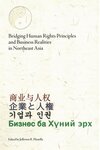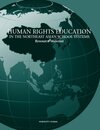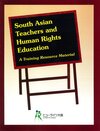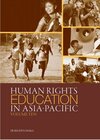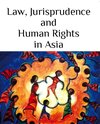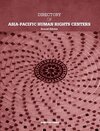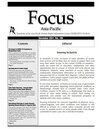The petitioners in writ petitions Nos. 4610-12/81 live on pavements and in slums in the city of Bombay. Some of the petitioners in the second batch of writ petitions Nos.5068-79 of 1981, are residents of Kamraj Nagar, a basti or habitation which is alleged to have come into existence in about 1960-61, near the Western Express Highway, Bombay, while others are residing in structures constructed off the Tulsi Pipe Road, Mahim, Bombay. The Peoples Union for Civil Liberties, Committee for the Protection of Democratic Rights and two journalists have also joined in the writ petitions.
Some time in 1981, the respondents - State of Maharashtra and Bombay Municipal Corporation took a decision that all pavement dwellers and the slum or busti dwellers in the city of Bombay will be evicted forcibly and deported to their respective places of origin or removed to places outside the city of Bombay. Pursuant to that decision, the pavement dwellings of some of the petitioners were in fact demolished by the Bombay Municipal Corporation. Some of the petitioners challenged the aforesaid decision of the respondents in the High Court.
Court ruling:
The court ruled that the order of the Bombay Municipal Corporation to evict the petitioners is in accordance with law but there should be an alternate place for them (petitioners) to resettle, "though we [court] do not propose to make it a condition precedent to the removal of the encroachments committed by them."
The decision states that estoppel cannot be used in enforcing constitutional rights and right to life includes right to livelihood:
It is not possible to accept the contention that the petitioners are estopped from setting up their fundamental rights as a defence to the demolition of the huts put up by them on pavements or parts of public roads. There can be no estoppel against the Constitution. The Constitution is not only the paramount law of the land but, it is the source and substance of all laws. Its provisions are conceived in public interest and are intended to serve a public purpose. The doctrine of estoppel is based on the principle that consistency in word and action imparts certainty and honesty to human affairs. If a person makes a representation to another, on the faith of which the latter acts to his prejudice, the former cannot resile from the representation made by him. He must make it good. This principle can have no application to representations made regarding the assertion or enforcement of fundamental rights. For example, the concession made by a person that he does not possess and would not exercise his right to free speech and expression or the right to move freely throughout the territory of India cannot deprive him of those constitutional rights, any more than a concession that a person has no right of personal liberty can justify his detention contrary to the terms of Article 22 of the Constitution. Fundamental rights are undoubtedly conferred by the Constitution upon individuals which have to be asserted and enforced by them, if those rights are violated. But, the high purpose which the Constitution seeks to achieve by conferment of fundamental rights is not only to benefit individuals but to secure the larger interests of the community.
xxx xxx xxx
The sweep of the right to life conferred by Article 21 is wide and far reaching. It does not mean merely that life cannot be extinguished or taken away as, for example, by the imposition and execution of the death sentence, except according to procedure established by law. That is but one aspect of the right to life. An equally important facet of that right is the right to livelihood because, no person can live without the means of living, that is, the means of livelihood. If the right to livelihood is not treated as a part of the constitutional right to life, the easiest way of depriving a person his right to life would be to deprive him of his means of livelihood to the point of abrogation. Such deprivation would not only denude the life of its effective content and meaningfulness but it would make life impossible to live. And yet, such deprivation would not have to be in accordance with the procedure established by law, if the right to livelihood is not regarded as a part of the right to life. That, which alone makes it possible to live, leave aside what makes life livable, must be deemed to be an integral component of the right to life. Deprive a person of his right to livelihood and you shall have deprived him of his life.
https://indiankanoon.org/doc/709776/

